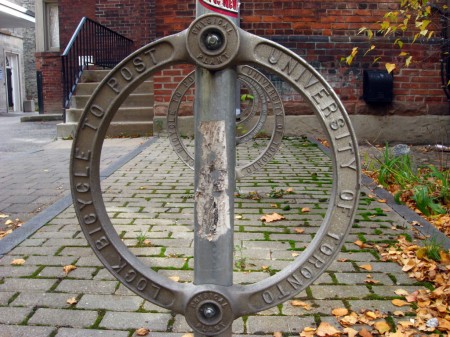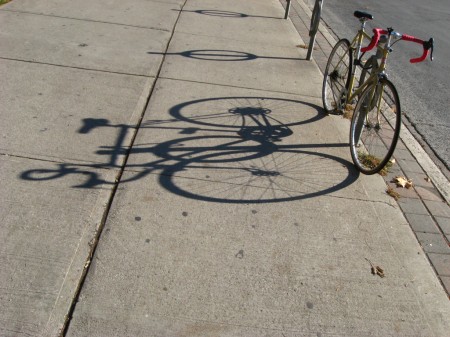
In 2006, the Royal Institution of Great Britain voted Primo Levi’s The Periodic Table to be the best science book ever written. On the basis of that endorsement, I was expecting something along the lines of a very well-written history of the discovery of the elements. Levi’s book differs substantially from that expectation; it is a kind of post-Holocaust memoir, presented in the form of twenty one sketches named after elements. Most have an element of mystery to them, usually involving an investigation of the nature of a substance or the cause of a change. Ultimately, the book feels deeply personal, set against a backdrop of very practical chemistry: the sort where a couple of men in Italy scrape together a living synthesizing pyruvic acid, or making stannous chloride from tin, to sell to small-scale mirror manufacturers.
In many ways, the one of the book is established in relation to the second world war, and especially the Holocaust. In a story focused on the dynamic between prisoner-chemists and one of their masters in Auschwitz , Levi contemplates some of the ethics of complicity:
I admitted that we were not all born heroes, and that a world in which everyone would be like him is, that is, honest and unarmed, would be tolerable, but this is an unreal world. In the real world the armed exist, they build Auschwitz, and the honest and unarmed clear the road for them; therefore every German must answer for Auschwitz, indeed every man, and after Auschwitz it is no longer permissible to be unarmed.
For the most part, however, the book meditates on much more ordinary sorts of human relationships and is full of wise observations. Describing the purpose of the project, Levi explains that:
[I]n this book I would deliberately neglect the grand chemistry, the triumphant chemistry of colossal plants and dizzying output, because this is collective work and therefore anonymous. I was more interested in the stories of solitary chemistry, unarmed and on foot, at the measure of man, which with few exceptions has been mine: but it has also been the chemistry of the founders, who did not work in teams but alone, surrounded by the indifference of their time, generally without profit, and who confronted matter without aids, with their brains and hands, reason and imagination.
At times, the abstract realities of chemistry provide solace. A compound used in high-end lipstick is most abundantly found in the excrement of vipers, but that is as good a source as any since molecules are molecules without reference to their history. Near the end, Levi tells the true story of a single atom of carbon that finds it was around the Earth – incorporated into rock and plant and animal – and explains how the story must be true, given the sheer multiplicity of carbon atoms circulating in the world.
Ultimately, that Levi excels at is the sketching of character: whether it is his own, that of the various objects of romance or curiosity he encounters, or that of compounds and the elements themselves. As such, the book is very human: a consideration of how a thoughtful person functions in a world where some conditions are established through immutable physical laws, and others through the opaque decision-making of the powerful.





